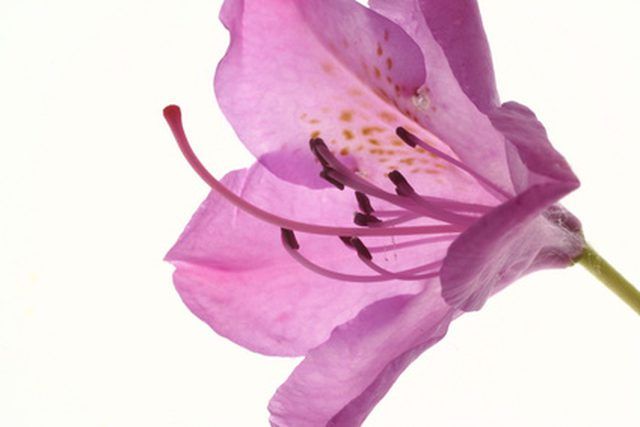Bulbs
Flower Basics
Flower Beds & Specialty Gardens
Flower Garden
Garden Furniture
Garden Gnomes
Garden Seeds
Garden Sheds
Garden Statues
Garden Tools & Supplies
Gardening Basics
Green & Organic
Groundcovers & Vines
Growing Annuals
Growing Basil
Growing Beans
Growing Berries
Growing Blueberries
Growing Cactus
Growing Corn
Growing Cotton
Growing Edibles
Growing Flowers
Growing Garlic
Growing Grapes
Growing Grass
Growing Herbs
Growing Jasmine
Growing Mint
Growing Mushrooms
Orchids
Growing Peanuts
Growing Perennials
Growing Plants
Growing Rosemary
Growing Roses
Growing Strawberries
Growing Sunflowers
Growing Thyme
Growing Tomatoes
Growing Tulips
Growing Vegetables
Herb Basics
Herb Garden
Indoor Growing
Landscaping Basics
Landscaping Patios
Landscaping Plants
Landscaping Shrubs
Landscaping Trees
Landscaping Walks & Pathways
Lawn Basics
Lawn Maintenance
Lawn Mowers
Lawn Ornaments
Lawn Planting
Lawn Tools
Outdoor Growing
Overall Landscape Planning
Pests, Weeds & Problems
Plant Basics
Rock Garden
Rose Garden
Shrubs
Soil
Specialty Gardens
Trees
Vegetable Garden
Yard Maintenance
Why Are My Rhododendron Leaves Turning Brown?
Why Are My Rhododendron Leaves Turning Brown?. Rhododendrons are a shrub in the Ericaceae family, which also includes mountain laurels and blueberries. Over a thousand species are contained within the Rhododendron genus, but most have enough points in common that the same general care can be used for all species. Leaf discoloration can be caused by...

Rhododendrons are a shrub in the Ericaceae family, which also includes mountain laurels and blueberries. Over a thousand species are contained within the Rhododendron genus, but most have enough points in common that the same general care can be used for all species. Leaf discoloration can be caused by a handful of factors, but it is relatively simple to treat.
Natural Spots
Not all rhododendrons are the same. Certain cultivars, or strains, have inherently spotted leaves even when perfectly healthy. These spots are a faint purple, not rusty red or dull brown like spots due to disease. You can expect to see these spots on "Blue Ensign" and "Mrs. G. W. Leak," among others. Familiarizing yourself with your new rhododendron will help you identify diseases and trouble spots later.
Fungi and Viruses
Botryis, pestalotia, phyllosticta, and septoria are all species of fungus that can give rhododendron unsightly brown spots, weakening a plant and lowering its photosynthesis efficiency if allowed to go unchecked. Necrotic ring spot is a virus evidenced by reddish-brown rings or spots on the leaves. There actually isn't much known about it, but because it doesn't spread from one shrub to another or damage the plant in any other way, it's not considered serious.
Physical Damage
Direct damage to the leaves can be caused by multiple factors, including frostbite in winter (although the full measure of the damage may not show up until April), sunburn in summer (rhododendrons are not ideal for long hours of direct sunlight), chemical contact or a lack of water. Not only can physical damage to the leaves brown them, but it also increases the likelihood that the affected leaf will be further compromised by fungal or viral infection. Chemical drift from cleaners or paint can stress the plant in ways that may not show up for weeks or months, so it's wise to clean or paint on calm days.
Non-Chemical Treatment
Whether you suspect the leaves are discolored due to infection or because of some other cause, remove the spotted leaves in order to prevent the shrub wasting resources on already damaged leaves; they are unlikely to turn back to green. If a fungal infection is the culprit, move a potted rhododendron to a location with better air circulation to prevent further spores from settling on the leaves, if feasible.
Fungicide
Rhododendrons are hardy enough that organic or nonchemical treatment is usually sufficient to solve the problem. But occasionally further steps may be necessary. If you are fairly certain a fungal infection is present, a fungicide can be used without harming the rest of the plant. All other causes of leaf discoloration may be treated safely without chemicals by removing the affected leaves.